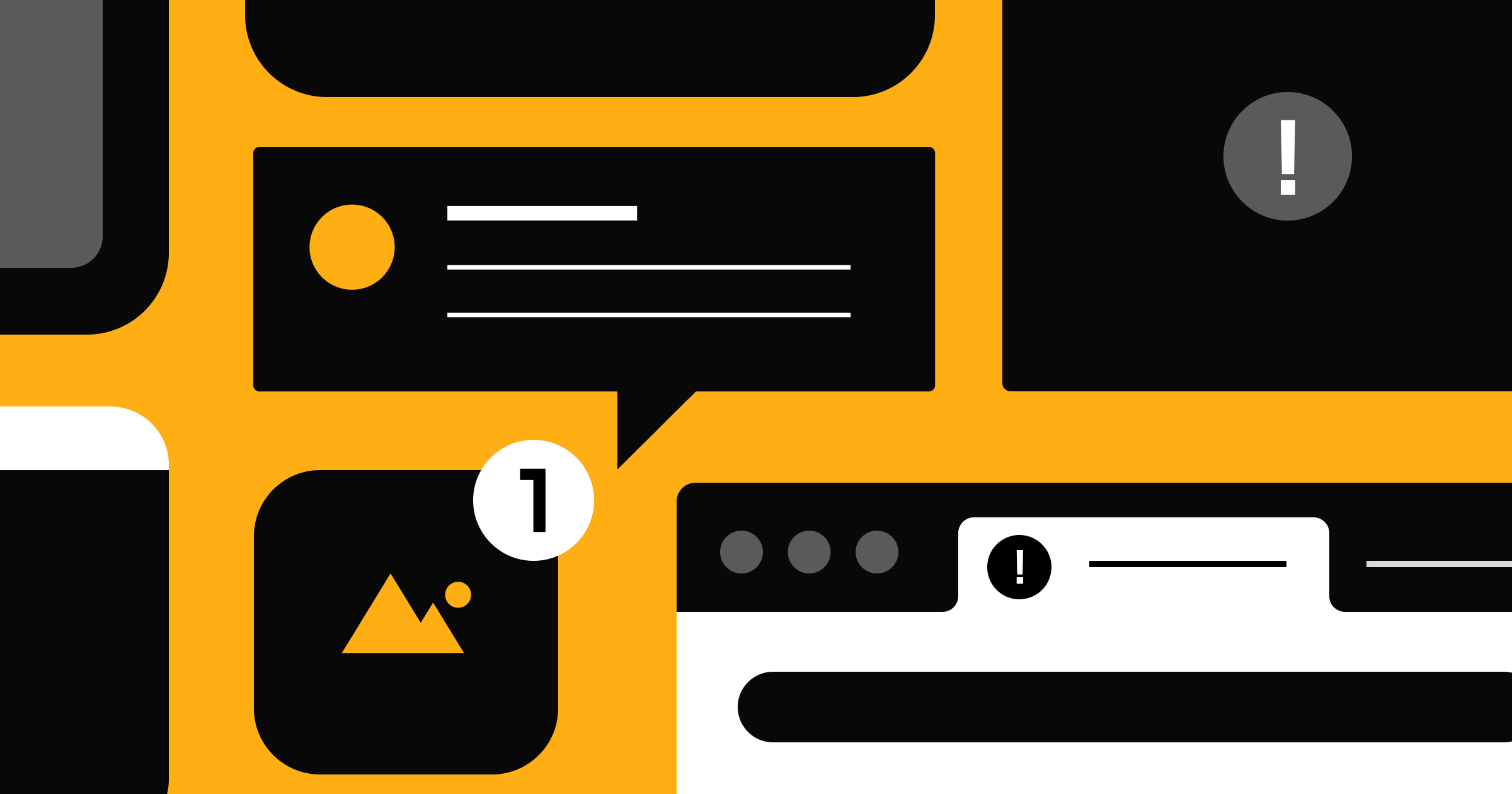Focusing on customers’ needs with an omnichannel marketing strategy lets them find you on their terms.
Omnichannel marketing, also known as hybrid marketing, means executing variations of the same campaign across all of your marketing channels. This lets you reach customers where they already are with a broader range of content, which drives brand recognition without getting stale.
From understanding your customer’s journey to selecting the right tools to implement your strategy, here’s how to use omnichannel marketing to your advantage.
What is omnichannel marketing?
Omnichannel campaigns align your brand’s message on all available marketing channels. If this sounds similar to multichannel marketing, it is. The key difference is that omnichannel campaigns target customers, not products or services, and they use all marketing channels, not a handful. Omnichannel marketing strategies seek to reach all people at all of the places you might find them.
Customers engage with your company in multiple ways: your website, social media, a brick-and-mortar location, and more. Well-run omnichannel campaigns recognize that content doesn’t translate across all of these channels or verticals. It doesn’t even translate across online platforms. An infographic on Instagram, for example, might have off-the-chart engagement numbers while that same post on Twitter or Facebook does nothing. An omnichannel campaign focuses on customizing the content for each channel while also keeping the brand messaging consistent and cohesive across all touchpoints.
What are the benefits of omnichannel marketing?
Omnichannel marketing benefits your brand and your customers. In 2021, marketing shifted toward prioritizing omnichannel strategies designed to increase personalization and help customers feel more connected to brands. The benefits of this connection include:
- Increased sales and retention. Better brand recognition means future sales. People are more likely to purchase from brands, or individuals, they know and trust.
- Better customer relationships. Users watching videos on TikTok expect a different format than YouTube. Adjusting the content to the platform and users’ expectations tells customers you understand them.
- Competitive edge. A potential customer might recognize your brand’s Instagram account because they’ve seen the same campaign on billboards. This draws attention and creates more trust than competitors who only use one platform.



















Build websites that get results.
Build visually, publish instantly, and scale safely and quickly — without writing a line of code. All with Webflow's website experience platform.
Creating an omnichannel marketing plan
Here are a few simple steps to creating an effective omnichannel marketing strategy.
1. Understand your audience
Omnichannel marketing is customer-centric. If you don’t understand your customers, you won’t have a successful strategy. Start analyzing customer behavior across your previous and existing marketing campaigns. Conducting market research is just one way to learn what your audience is looking for on each channel.
For example, if your customers are active on social media, focus your efforts there. Then use engagement stats to discover if they prefer infographics or short-form videos over text, images, or polls.
2. Consider the customer’s journey
Understand the different stages of the customer’s journey from initial engagement to making a purchase. A customer who just discovered a business needs different support than one about to make a purchase. Product images, for example, aren’t helpful if a customer has no idea what the product does.
Try content mapping to adjust your marketing plan based on where customers are in the journey. This streamlines and organizes your content so customers learn what they need when they need it.
3. Choose strategic marketing tools
Combine strategic marketing tools such as email, social media, or ad buys to give your campaign additional reach. Every customer is different — one might respond well to SMS notifications, while another could find them annoying or invasive. Based on your research, choose the tools and channels that make the most sense for your customer base.
For example, if you run an ecommerce business, investing in billboards might generate some buzz — but paid ads on platforms like Instagram send customers directly to your website and could lead to near-instant purchases.
4. Start slow
Build a strong foundation and establish a consistent brand identity on a few channels before branching out in a large omnichannel campaign. Don’t bite off more than you can chew. Having two great marketing channels is better than five mediocre ones.
Remember, omnichannel marketing is about customizing campaigns to all of the verticals you’re currently using, not all the verticals in existence. Consider the strengths and limitations of each platform. Identify these trade-offs and devote your resources to channels more likely to engage customers.
A well-designed and informative website is a great first step because it offers everything customers need in one place. As you expand to other channels, send customers back to your website for more information.
5. Add channels to solve problems
Once your marketing plan is underway, you’ll start to notice where it excels and where it might need a little more work. Having trouble reaching people in the 45–55 demographic? Consider adding a new channel that targets this segment in the place these customers are most likely to congregate.
6. Keep it customer-centric
An omnichannel campaign will highlight your brand, but its ultimate goal is to create value for customers. Share tips and advice, behind-the-scenes insights, or exclusive offers on each platform. The more customers interact with your brand, the more opportunities you have to earn their trust and influence purchasing behavior.
Choosing a marketing strategy
Omnichannel marketing is just one way to grow your brand. Other strategies such as real-time marketing and low-cost marketing also get results. Every business is different, so choose a strategy that fits your brand and audience.
You’ll need a home base to center in campaigns as you reach more customers. Build a website that shows exactly what value you provide and creates a cohesive user flow to drive conversions. We offer ready-made website templates to help you design a website that supports your next marketing campaign. Get started with Webflow today.































